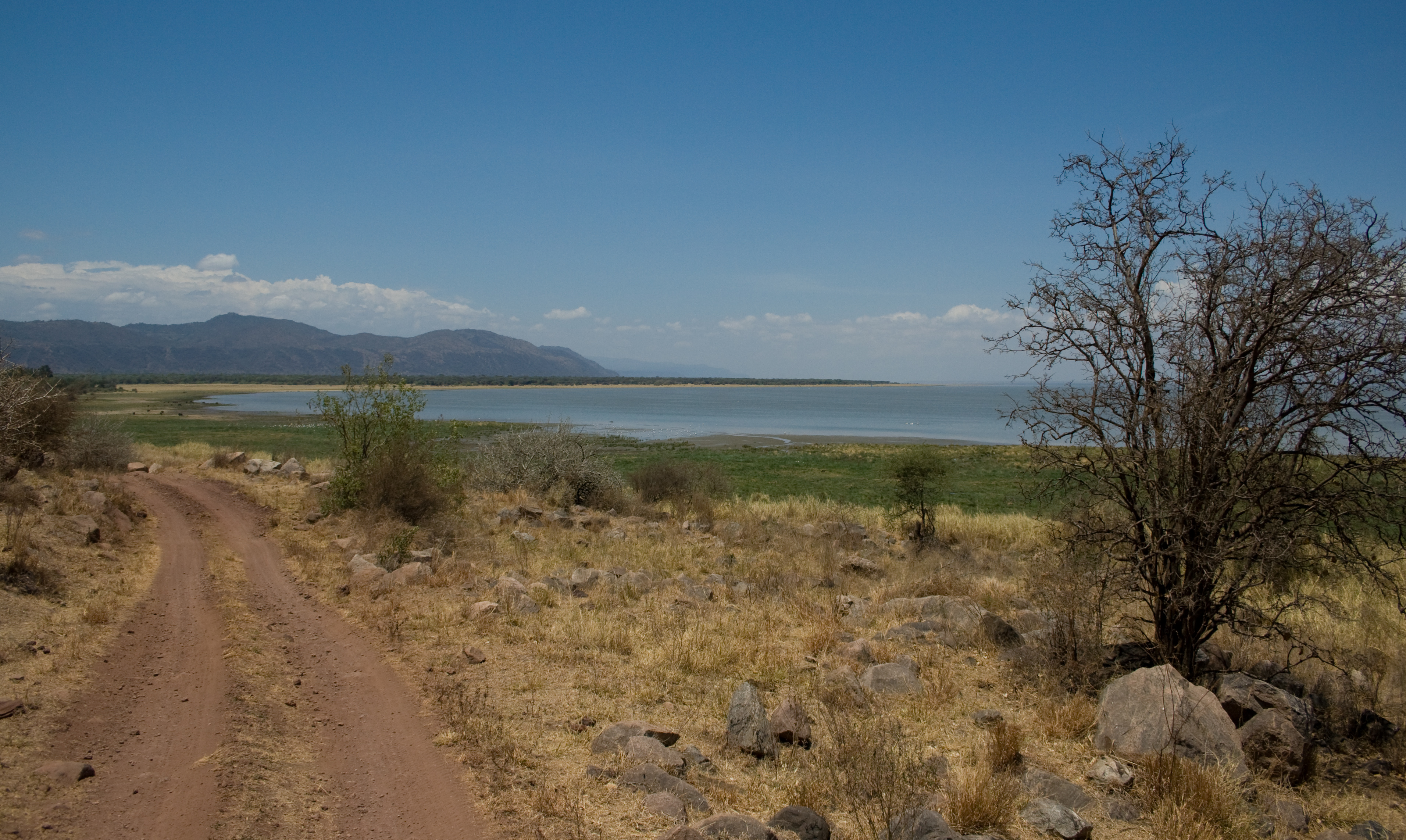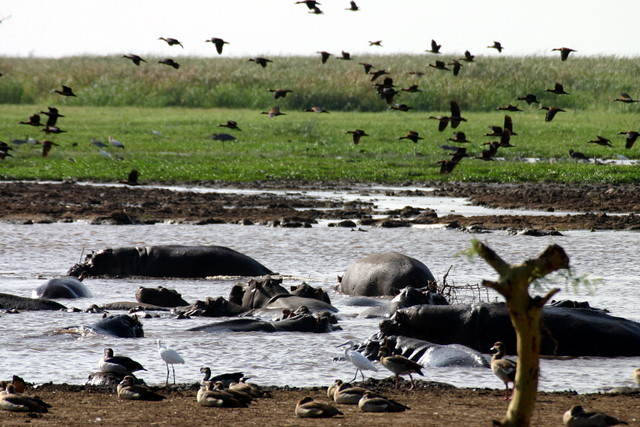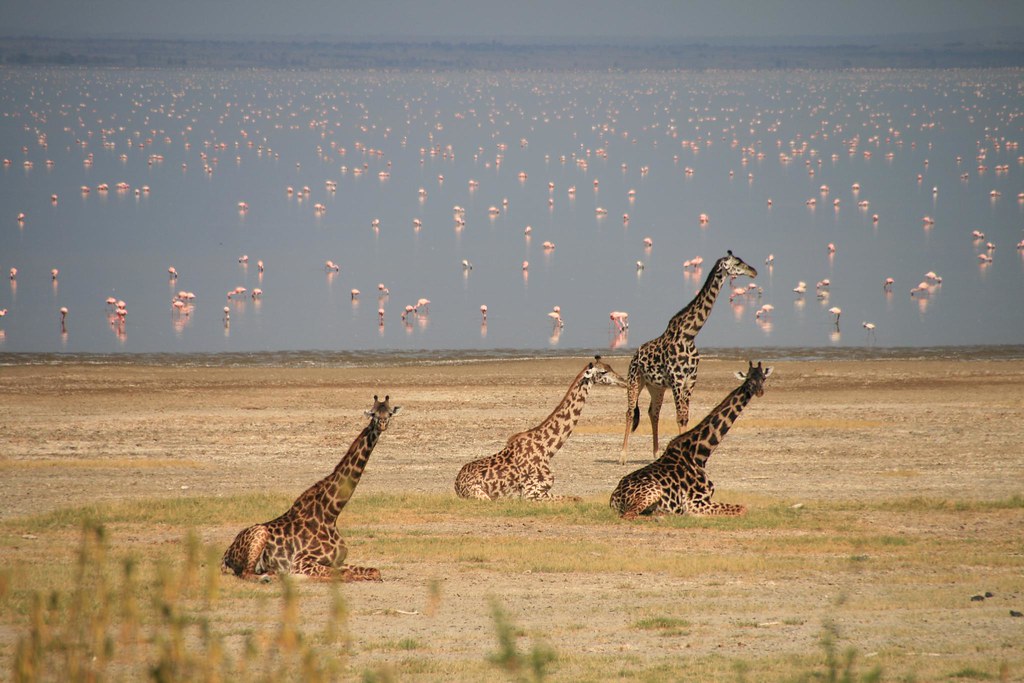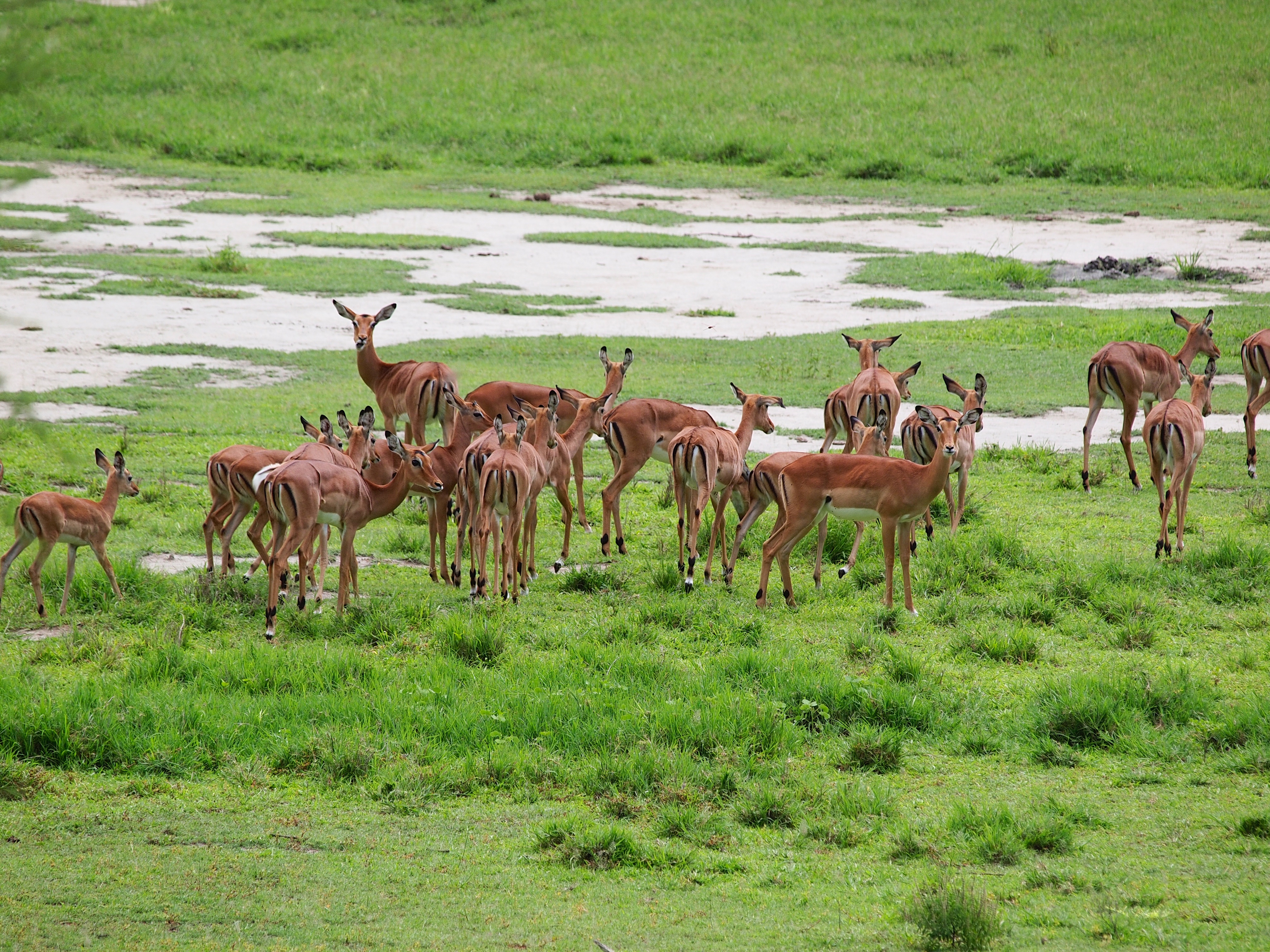
Lake Manyara National Park: A Gem of the Great Rift Valley
Lake Manyara National Park, nestled at the base of the Rift Valley escarpment, offers stunning scenery, unique wildlife like tree-climbing lions, and a vibrant soda lake attracting thousands of flamingos. It's a compact park with diverse ecosystems.
Lake Manyara National Park might be one of Tanzania's smaller parks, but it’s a real treasure box of biodiversity. Cradled by the dramatic western escarpment of the Great Rift Valley, this park offers a stunning mosaic of habitats, from the lush groundwater forest teeming with baboons and monkeys to the shimmering alkaline lake often tinged pink with thousands of flamingos. It’s a place of subtle beauty and surprising wildlife encounters. Every time I guide here, the sheer contrast of landscapes within such a compact area impresses me. One moment you're in a dense, jungle-like forest, the next you're on open plains with the vast lake stretching before you.
Apollo's Recommendation
Lake Manyara is perfect for a day trip, or as a fantastic introduction or finale to a longer Northern Circuit safari. Due to its size, you can experience its highlights in a shorter time. Don't miss a drive through the groundwater forest; the primate activity is phenomenal. If you're keen on birding, this park is a must, especially when the flamingos are present in large numbers. My insider tip: consider the Treetop Walkway for a unique perspective of the forest canopy. Also, be patient if looking for the famous tree-climbing lions; they are a special sight but not always easy to spot. The late afternoon light against the Rift Valley wall is also magical for photography.
Additional Content
The Alkaline Lake & Its Diverse Ecosystems: Lake Manyara is a shallow, alkaline (soda) lake that expands and contracts dramatically with the seasons. It's the park's centerpiece, attracting a rich array of life, but the surrounding habitats are equally crucial to its biodiversity.
The interplay between these ecosystems creates a haven for a surprising variety of animals and over 400 bird species.
Key Areas and Features of Lake Manyara:
- Groundwater Forest: This lush, evergreen forest right at the park entrance is fed by underground springs. It's famous for its huge troops of baboons, blue monkeys, and rich birdlife. You might also encounter elephants here.
- The Lake Shore: The shores of Lake Manyara vary from muddy flats to grassy plains. This is where you'll often find flamingos, pelicans, and other waterbirds, as well as grazing wildebeest, zebra, and Cape buffalo.
- Acacia Woodlands: Further from the lake, open acacia woodlands dominate, providing habitat for giraffes, elephants, and the park's famous tree-climbing lions.
- Hippo Pool (Maji Moto Ndogo): A popular spot to see large pods of hippos wallowing in the water and on the banks.
- Maji Moto Kubwa Hot Springs: Sulphurous hot springs that bubble up near the southern end of the park, a testament to the geothermal activity of the Rift Valley.
- Treetop Walkway: A series of suspension bridges offering a bird's-eye view of the forest canopy, great for spotting monkeys and birds up close.
Wildlife Highlights of Lake Manyara: Despite its size, Manyara offers a rich wildlife experience:
- Tree-Climbing Lions: Lake Manyara is one of the few places in Africa where lions have adopted the behavior of resting in trees, though sightings require luck and patience. They often choose the large acacia or sausage trees.
- Flamingos & Birdlife: The lake can host thousands of Lesser and Greater flamingos, creating a stunning pink spectacle. Over 400 bird species are recorded, including pelicans, storks, cormorants, and numerous forest birds.
- Primates: The park boasts some of the highest densities of baboons in Africa. You'll also see vervet monkeys and the beautiful blue monkeys (Sykes' monkeys).
- Elephants: Manyara's elephants are often seen in the groundwater forest and acacia woodlands. They are generally relaxed around vehicles.
- Giraffes & Buffalo: Maasai giraffes and herds of Cape buffalo are common sights on the plains.
- Hippos: Easily seen at the hippo pool.
- Other Mammals: Wildebeest, zebra, impala, warthogs, and klipspringers (on the escarpment rocks) are also present. Leopards are resident but, as always, elusive.
Best Time to Visit:
- Dry Season (July - October): Generally good for game viewing as animals congregate near water sources and vegetation is thinner. Lions may be easier to spot.
- Wet Season (November - June): The park is lush and green, making it very scenic. This is the best time for birdwatching, with migratory birds present. Flamingo numbers are often higher, though their presence is dependent on water levels and algae blooms. Some tracks can become muddy.
- Short Rains (November - December) & Long Rains (April - May): Can offer beautiful light for photography and fewer crowds, but plan for potential rain.
Accommodation Options: Manyara has excellent lodges perched on the Rift Valley escarpment offering breathtaking views, as well as options closer to or within the park.
- Luxury Lodges: Properties like Lake Manyara Tree Lodge (&Beyond) or Escarpment Luxury Lodge offer stunning locations, views, and top-tier service. Price range: $700-1,500+ per person per night.
- Mid-range Lodges & Tented Camps: Comfortable and well-appointed options such as Lake Manyara Serena Safari Lodge, Manyara Wildlife Safari Camp, or Kirurumu Manyara Lodge. Price range: $250-600 per person per night.
- Budget-Friendly Options: Several campsites are available inside and outside the park, and more basic lodges can be found in the nearby village of Mto wa Mbu. Price range: $40-200 per person per night.
Practical Information:
- Park Fees: Typically around $50-$55 per adult per 24 hours, children around $15-$20. Always confirm current fees. Vehicle entry fees also apply.
- Access: Located about a 1.5 to 2-hour drive west of Arusha, making it easily accessible. It's often the first or last stop on a Northern Circuit itinerary.
- Internal Travel: Game drive circuits are well-defined. The park is relatively small, so most areas can be covered in a half-day to a full-day visit.
- Activities: Game drives are primary. The Treetop Walkway offers a unique experience. Canoeing on the lake is sometimes possible when water levels are high. Cultural tours in the nearby village of Mto wa Mbu are also popular.
- Combine With: Perfectly combined with Tarangire, Ngorongoro Crater, and the Serengeti. Mto wa Mbu offers a vibrant cultural interlude.
Lake Manyara is a park of delightful contrasts and rich rewards for those who take the time to explore its varied corners. From the chattering of baboons in the forest to the pink haze of flamingos on the horizon, it’s a microcosm of East African wilderness that leaves a lasting impression.
Gallery



Ready to Book Your Safari Experience?
Contact us today to start planning your perfect Tanzanian safari.
Contact Us